Disclosure: Some of the links below are affiliate links, meaning, at no additional cost to you, I will earn a commission if you click through and make a purchase .
Plastic pollution solutions. Get ahead of the tide, before they’re banned.
I’m taking a “sort of” break today from debt and finance to foray into Life Saving Hacks (which will also save money…. in the long run).
Usually, when I say “life saving hacks” or “money saving hacks”, I’m talking about DIY bath salts or homemade jams but today is more serious than that.
If it please the court, I want to highlight the MAJOR issue of how much plastic is dumped into our oceans each year and how you can get away from Single use plastics BEFORE the single use plastics ban comes to Canada and the US
It is my hope that I can make you stop and say “Whoa, I never knew THAT was a problem” instead of focusing on single use plastic straws, grocery bags and beer can rings.
If, by reading today’s post and checking out some of the recommendations (my affiliate links) you chose to change just one thing today and that for 2019 we can all commit to changing just one thing per month, I will be ecstatic.
Whilst this post may look like a veritable shopping list, don’t be overwhelmed. We can’t eat an Elephant whole.
Baby steps… baby.
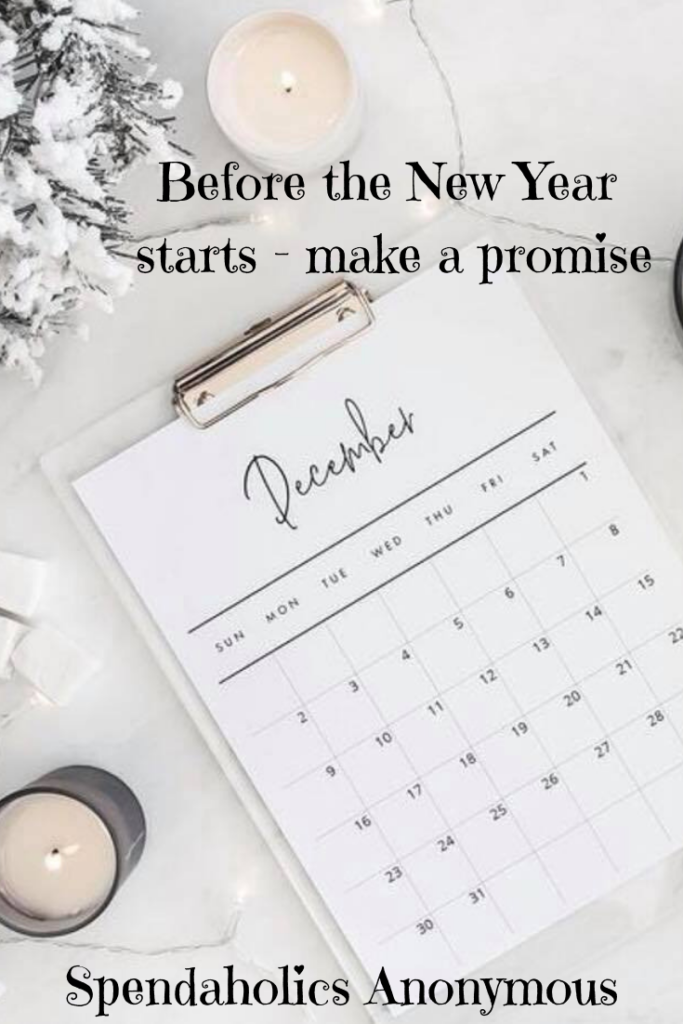
Make a promise to change Just One Thing
Lets start with the ones that made me sit up and take notice…
Cotton buds / Q tips:
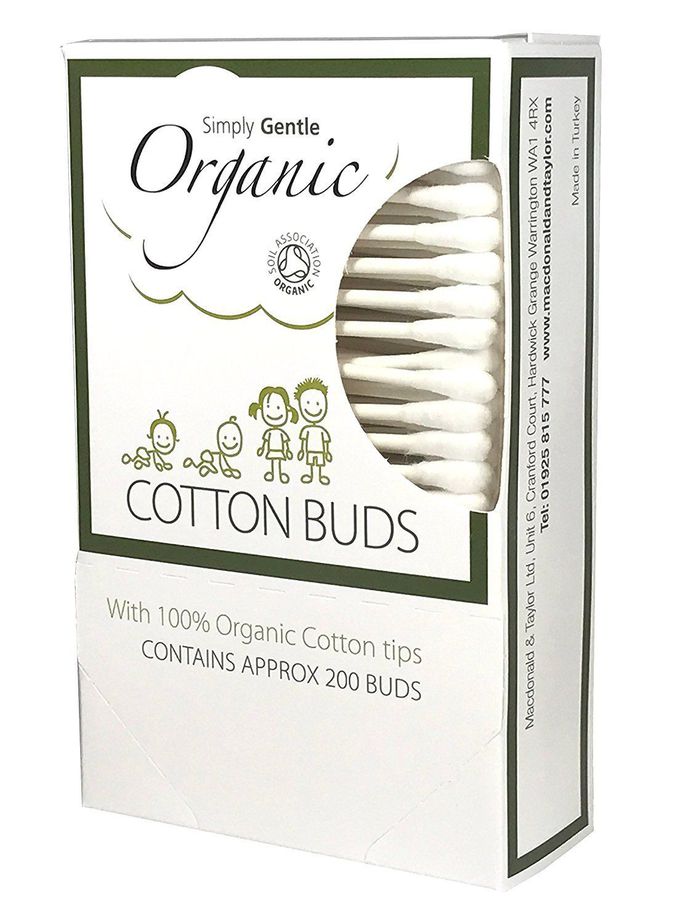
Never even entered my head that those tiny little sticks that I buy in the thousands (COSTCO) have been discovered in the stomachs of Loggerhead Turtles, seabirds and many species offish. The bits of plastic that aren’t eaten get broken down into micro-plastics — of which the dangerous effects are still unknown.
Do your bit for the world’s waterways with these Simply Gentle organic cotton buds; produced on biodegradable paper stems with 100 percent organic cotton tips grown without artificial pesticides.
According to the UK government,”There are over 150 million tonnes of plastic in the world’s oceans and every year one million birds and over 100,000 sea mammals die from eating and getting tangled in plastic waste”.
Computer Keyboards
What?? They’re a problem too? Well, whilst technically NOT single use,the speed at which we use and discard these items is RIDICULOUS; fueled by the industry-wide push on consumers to buy new items quickly by artificially reducing the lifespan of products. Discarded plastic electronic devices can produce large quantities of waste. This may have made today’s “list” because I want one Soooo bad and it’s on sale through Amazon!
Handcrafted Wireless Bamboo Keyboard
The recent Ban implemented in Europe on single use plastics signals a big change heading our way. MEPs (Members of the European Parliament) backed a ban on plastic cutlery and plates, cotton buds, straws, drink-stirrers and balloon sticks. The proposal also calls for a reduction in single-use plastic for food and drink containers like plastic cups.
One MEP said, if no action was taken, “by 2050 there will be more plastic than fish in the oceans“.
Yeah. I’m not okay with that.
Balloons
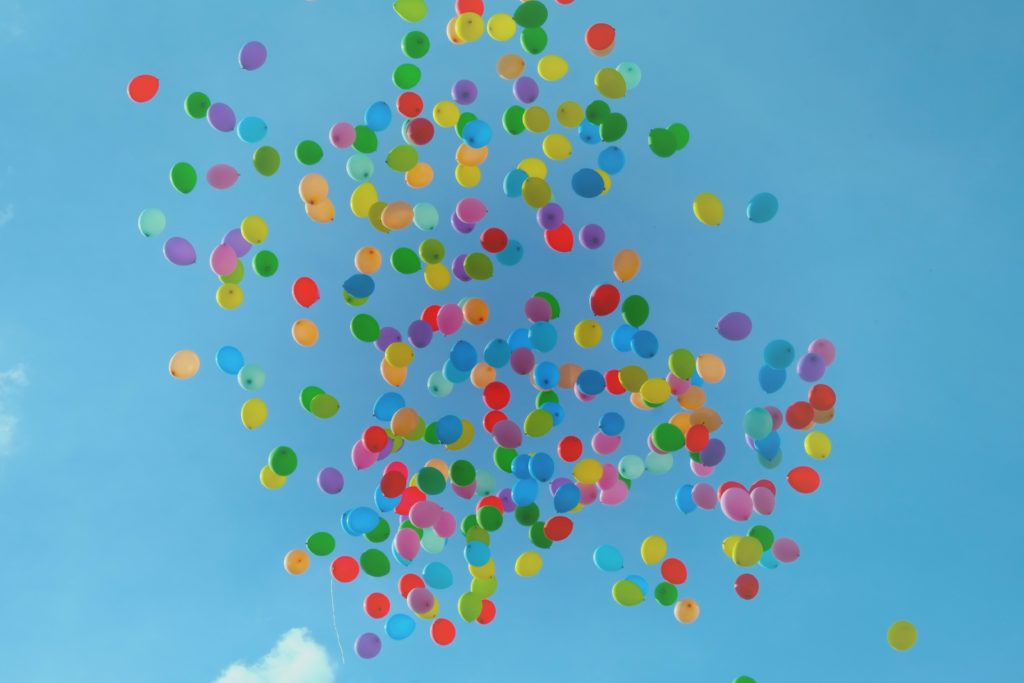
Photo by Luca Upper on Unsplash
We get it. Balloons are fun and make great decorations. But we hate to burst your bubble—balloons can be a big problem when they are deliberately released into the environment.
The litter is not only a blight on landscapes, waterways, trees and power lines, but balloons and balloon strings can entangle, choke or kill marine life and other animals. That’s not to mention the wasteful use of helium, a non-renewable resource.
Recently, South Carolina’s Clemson University decision last month to end its 30-year football game day tradition of releasing 10,000 balloons into the air. Earlier this year, New Shoreham, an island town in Rhode Island, outright banned the sale, use and distribution of balloons.
Balloons are usually made of latex, which is considered biodegradable. However, the Marine Conservation Society (MCS) pointed out on a web post that it can take months or years for the rubber to break down, meaning animals have plenty of time to come in contact with the debris.
“There’s an awful lot of confusion over balloons especially what they’re made of and how they break down,” said MCS Pollution Campaigns Officer Emma Cunningham in the post. “Some people believe that because latex is natural balloons made of it are harmless once let go. This just isn’t the case. Latex may last for up to four years in the marine environment.”
Balloons made of other materials such as Mylar can last even longer in the environment because they are made of plastic, which never fully degrades.
Micro bead Exfoliators
Well, I knew these were bad for your skin but the Oceans too? The plastic micro beads found in many body and face washes are absolutely devastating to the oceans – I love that EVEN the USA has banned them, and we all know – they don’t ban ANYTHING!
Eight trillion of these bits entered the ocean from the USA before the ban. Try to avoid these products with a natural alternative, and skip the plastic packaging while you’re at it. >> Alternative scrubs<<
There are a huge number of alternatives available, such as walnut shell exfoliators, charcoal facial scrubs and oatmeal options.
If you like I can even send you a handy homemade recipe. Send me an Email and I’ll get right on it!
Tip: How do you know if an off-the shelf product contains plastic micro beads? Products usually don’t say “contains micro beads”, but often use brand jargon, like “activated dermal reinvigorating spheres” to hide what they really are. If your product suggests that it is an exfoliant, looks like it has “bits” inside it, and doesn’t specifically say what the bits are – they are probably micro-plastic. Also keep an eye on the ingredients for “polyethylene” – the plastic used to make micro beads.

Reusable razor
Disposable shaver / razor
Hmmm… why do these still exist? What a waste of money and plastic! Have we not moved on to reusable shavers with replaceable blades? C’mon people – this is an easy one.
Cable Ties
Plastic cable ties —No more Fifty Shades I’m afraid! We used to manage just fine with wire or string, so why don’t we go back

Just like Nanna used to wear! Well – hers were plain yellow..
to using those things again? Metal wire (the non-plastic-coated variety) is recyclable, and jute twine is 100% biodegradable.
Disposable Gloves
Much the same as balloons in terms of their impact on marine life. What’s wrong with using Rubber Gloves like me Nanna used to. Want to get a bit fancy? Get some with decoration or a cuff!
How Fun are these? Stocking stuffer for me for sure!
How much plastic ends up in the Ocean anyway?
Take a read of “Plastic Soup” Try not to cry when you realize how bad it’s become.
Every minute, one garbage truck worth of plastic is dumped into the ocean. Yearly, a colossal 1.4 billion pounds of trash ends up in our beautiful oceans. Most of this trash is plastic.
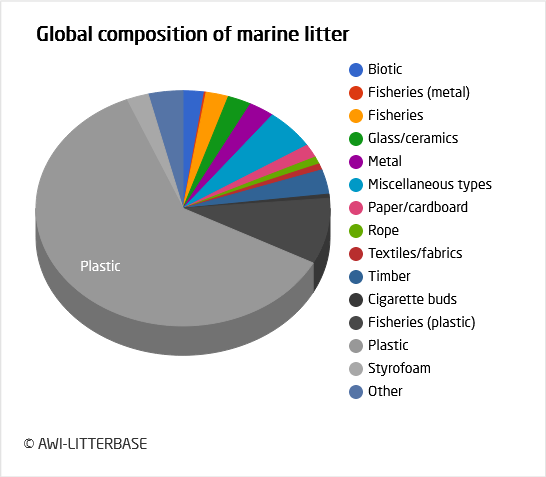
How much of the trash in the Ocean is Plastic?
How Does This Much Trash Get in the Ocean?
There are many reasons why this huge amount of trash enters our oceans every single day. One reason is due to poor trash management by the Waste Management Department in many regions of the world. In Ghana, a state in Africa, the Waste Management Department is currently capable of collecting only 60% of the waste generated daily. The rest is dumped in open spaces, surface drains, and into bodies of water. This is a prime example of how even when we properly dispose of our trash in appropriate containers and it is collected and brought to a landfill, our waste can still find its way, whether directly or indirectly, into our oceans. The best way to eliminate the amount of trash in our landfills is to recycle all glass, plastics, papers, and aluminum products. 80% of the trash that can be found in our landfills is recyclable. This is a staggering number than can be drastically decreased if more people made recycling a part of their everyday life.
To date, there have been 275 billion plastic bags produced worldwide in just 2017 alone. Every second, a massive amount of 160,000 plastic bags are being produced and used. By the end of this year, we will have used 5 billion plastic bags. According to The World Count of these 5 billion bags, 5 million of them will make their way into the ocean either indirectly due to things like poor waste management, or directly by people who unfortunately do not know the significant consequences to the environment from their actions. Additionally, only less than 1% of these used plastic bags are properly recycled. This is why plastic is the number one and most serious source of pollution in the ocean.
So… more alternatives…
Garbage bags / Bin Liners
Plastic bags can take up to 1000 years to decompose. Unlike everyday plastic bin bags, compostable bin liners will break down to CO2 and bio mass in 6-12 weeks depending on the composting conditions. They can contain up to 30 litres and are suitable for medium-sized pedal bins, garden wast
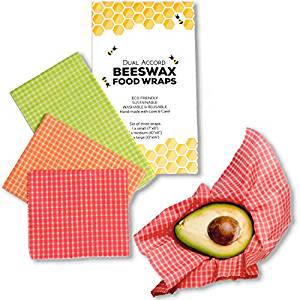
Beeswax wraps – one simple step to less plastic
e, grass clippings, local authority kerbside waste bins and pretty much anything.
Now, you can take a trip to your local grocery store and pick up some GLAD Compostable sacks or check out the array of Earth friendly options here…>>Compostable garbage bags<<
Sandwich baggies and Saran wrap (cling film)
I love the idea of ditching these products for good and moving to reusable wrappers. They also seem to be de rigueur so I could pretend I am cool in the process. Beeswax wraps!
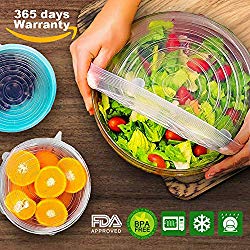
Stretchy covers for the bowls!
Are you one of my handy dandy DIY’ers? Then you can make these yourself.
How to make beeswax food wraps : https://www.youtube.com/Beeswax wraps
Want to go one step further? Check out these bowl covers to keep food in your fridge fresher longer.
(Silicone, although not biodegradable, is chemically inert and does not contribute to ocean micro plastics or bio-accumulation of toxins).
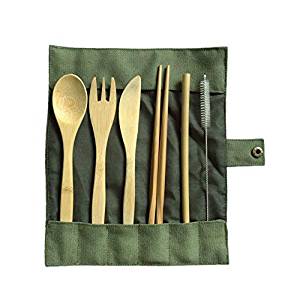
Bamboo travel flatware WITH straw!
Travel reusable flatware (cutlery)
This neatly wrapped package comes with a reusable straw too and a brush for keeping it clean!! Sign me up.
Tip: Keep your reusable straw, and cutlery wrapped in a wax wrap – it’s an easy way to make sure that everything you need when you plan to eat out is kept together in a nice, compact package.
Americans use and toss more than 500 million straws a day—a day, people! The one-and-done straw is basically a poster child for single-use plastic and one of the top litter culprits harming beaches, oceans, and even the tiniest of sea life. So, in a nutshell, straws suck.
Eco friendly produce bags and canvas totes.
Plastic bags – Come on! We all know they are a terrible problem and there is really no need for them. A super-common form of litter worldwide, the plastic bag has been blocking drainage systems, collecting in landfills, and pointlessly piling up under your parents’ sink for too long. Something to think about the next time your grocer double-bags that half-gallon of milk.
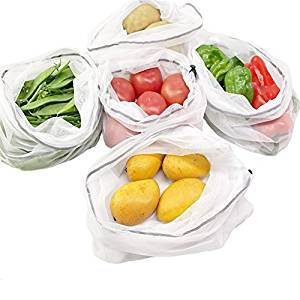
Mesh produce bags
So, what’s the solution?
BYO bag. You know, an environmentally friendly, canvas tote that’s usually stamped with some sort of great graphic or healthy pun. I pick mine up from the store I’m shopping in! Here’s something for all my Canadians.
Did you know that if you use your own bags in Thrifty foods they credit you with the cost of a plastic bag.
Confession – I put these and the cutlery in my “cart” whilst researching! Hey – no judgement. We all gotta start somewhere.
I’m guessing I don’t need to go down the single serve yogurts, individually wrapped snacks, bottled water or coffee pods… right?
World’s gone bonkers..
Did you see the supermarket that took an orange, peeled it’s natural, all purpose wrapping off and housed it in a little plastic box? It’s been pulled now but when I first saw this I thought “that’s it…the world’s gone bonkers!”
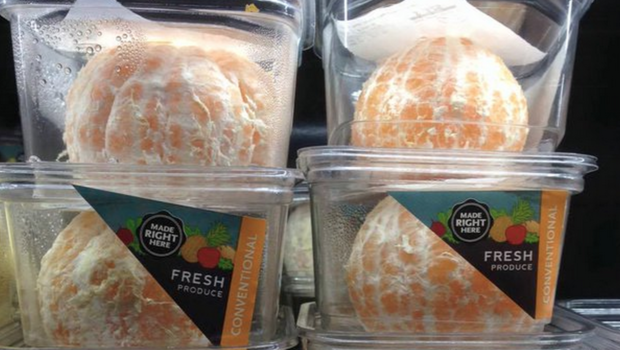
Easy to eat oranges..WTF?
You thought I was joking right? The tweet that went viral was “If only nature would find a way to cover these oranges so we didn’t need to waste so much plastic on them.”
I’m going to just leave that there but, to wrap up, here are some more things to consider for the new year:-
1. Plastic tape – use masking tape… it’s paper!
2. Plastic ribbons and gift decorations – we moved to biodegradable tissue wrap and real fabric ribbon this year and my gifts have never looked prettier.
3. Blister packs – used to house medicinal tabs, lozenges, etc. Speak to the pharmacist BEFORE your prescription is packaged and see if there’s a way to avoid the blister pack.
4. Disposable wipes / Wet wipes. These bad boys are anything but disposable, unless you mean we can just chuck em out. If it can’t go in your septic it has no place on the planet!
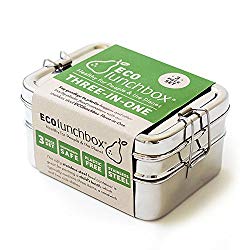
Super chic bento lunch boxes or take out containers
5. Disposable dental flossers. Aagh – caught me! I know they use less actual floss and are really easy (lazy) to use but for reals? Actual dental floss isn’t awesome either but it’s much more preferable to the millions of little plastic picks washing ashore.
6. Pre-packaged meals. Most outlets will place the foods directly in your own containers plus, I love these snazzy bento boxes…
Want to buy take-out? Food items like pizza, burgers, fish n chips, etc. can all be served with paper or cardboard options – get to know your favourite restaurant’s practices.
Every second 140 000 items of food packaging are disposed of. That’s almost half a trillion pieces of waste a year. Billions of these items are Styrofoam takeaway containers that are un-recyclable. Gaagh!
7. Tea and Coffee pods and those fancy shmancy Chai mocha latte, non fat, half whip easy on the sprinkles….
Don’t let that takeaway paper cup fool you. It may be made of virgin paper pulp, but many disposable cups are lined with a liquid-proof plastic polyethylene that’s—spoiler alert—non recyclable
Tip: If you love coffee, buy a small French press/coffee plunger – they are easy to use, cheap enough to buy one to keep at the office and you can brew a huge range of loose leaf tea and ground coffee in them with little waste. As a bonus, your friends will think you’re posh!
One last thing. If anyone was thinking of me in the coming year…
Biodegradable Laptop case… it’s a THING!
This case features mold-proof lining material, soft wear and scratch resistance flannel, and high quality grey felt for shock absorption. It’s made using sustainable, chemical-free materials that are plastic-free and metal-free. Did we mention it’s biodegradable?
XO
Anna


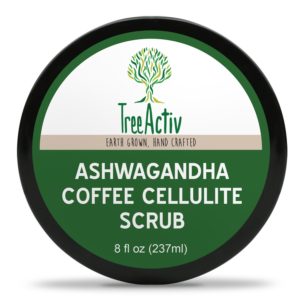

Great article, I love all the examples you give. Truly a big problem, I hope Canada steps up and started taking more steps to living in a way that isn’t damaging the planet. Simple changes would make a huge difference.
Great post and so easy to navigate through! I couldn’t believe peeling the skin of an orange to put in plastic! Thanks for the tips it’s so important we make changes for this planet
The “boxed” oranges had me shaking my head in disbelief. you almost want it to be a prank… but it wasn’t.
Sigh
Thank you for this awesome post! I’m a really big advocate of sustainability so I get excited when I see posts like this. ❤
My pleasure. As an ex Scuba diver the whole “Ocean of plastic” gives me heartburn.
Great post!!! Our society needs to get back to buying, making and using well constructed items that will last a lifetime. We are so wasteful in this disposable era. Thanks for getting people to think!
I remember my Mother buying our first automatic washing machine. that thing was a beast and lasted almost a decade. We are lucky to get two years out of today’s version. It has to stop!
Ahhh disposable razors drive me nuts!!
It the easiest thing to change, right?